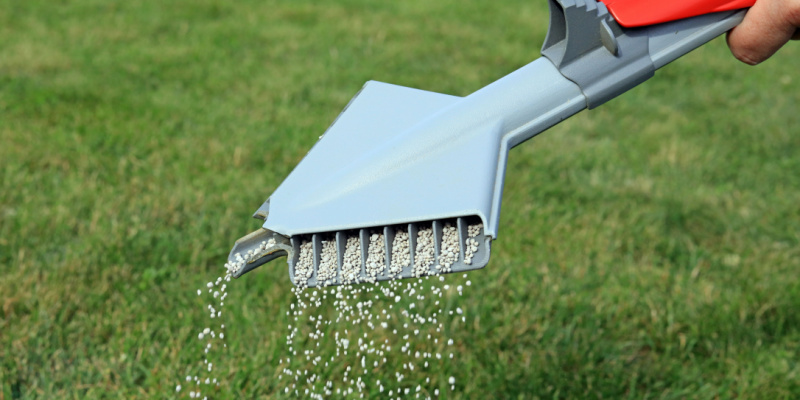A well-maintained lawn is a pride for any homeowner, adding aesthetic value and curb appeal to the property. However, achieving and maintaining that lush, vibrant green carpet of grass requires more than just regular mowing and watering. One key secret to a healthy lawn lies in the regular application of fertilizers. This article delves into the importance of regular lawn fertilization, shedding light on the vital role it plays in promoting healthy growth, preventing pests and diseases, and contributing to the overall beauty of your outdoor space.
The Science Behind Fertilization
At its core, lawn fertilization is about providing essential nutrients that grass needs to grow and thrive. Grass, like any other plant, requires a variety of nutrients to develop strong roots, produce new leaves, and maintain overall health. The three primary nutrients that fertilizers provide are nitrogen, phosphorus, and potassium, often referred to as N-P-K on fertilizer labels. Nitrogen promotes leaf and shoot growth, phosphorus supports root development, and potassium aids in overall plant health and disease resistance.
1. Promoting Healthy Growth
Regular fertilization is like providing your lawn with a balanced diet. Grass requires a consistent supply of nutrients to grow vigorously, producing lush, green blades that create a welcoming outdoor space. Nitrogen, the primary component of most fertilizers, is crucial for vibrant leaf development. Proper growth ensures that your lawn can withstand foot traffic, recover from damage, and create a dense carpet of grass that resists weeds.
2. Enhancing Soil Fertility
Fertilization doesn’t just benefit the grass; it also improves the health of the soil beneath. Over time, soil can become depleted of essential nutrients due to plant uptake, leaching, and erosion. Fertilizers replenish these nutrients, maintaining a fertile environment that supports strong root growth. Deep, healthy roots allow the grass to access water and nutrients more efficiently, making it more resilient to drought and other environmental stressors.
3. Preventing Weeds and Pests
A well-fed lawn is more than just visually appealing—it’s also less susceptible to invasive weeds and damaging pests. Regular fertilization helps your grass grow thick and dense, leaving little room for weeds to take hold and establish themselves. Additionally, a healthy lawn is better equipped to fend off common pests, making it less likely that your outdoor haven will fall victim to destructive infestations.
4. Disease Resistance
Fertilization isn’t just about cosmetic improvements; it’s also a key player in maintaining the overall health of your lawn. A well-nourished lawn can better defend itself against diseases and infections. Phosphorus and potassium, two essential nutrients found in fertilizers, play significant roles in bolstering the lawn’s natural defenses. Phosphorus supports strong root development, helping grass access water and nutrients even during stress periods, while potassium enhances the plant’s immune system, allowing it to fight off diseases more effectively.
5. Environmental Benefits
Proper fertilization practices contribute to a healthier environment by reducing the need for excessive pesticide use. A well-fertilized lawn naturally resists pests and diseases, reducing the need for chemical interventions. Additionally, the enhanced root systems of well-fed grass help prevent soil erosion and improve water retention, reducing runoff and promoting sustainable landscaping.
In the pursuit of a lush, verdant lawn, regular fertilization stands as a cornerstone practice. As you tend to your lawn, remember that fertilization isn’t a one-size-fits-all approach. Factors such as grass type, climate, and soil conditions all influence the ideal fertilization regimen. Consulting with Weed Busters can help you tailor your fertilization schedule to your specific needs, ensuring that your lawn receives the nutrients it requires to flourish. So, embrace the green secret of regular lawn fertilization, and watch your outdoor haven transform into a thriving, vibrant landscape that’s the envy of the neighborhood.

